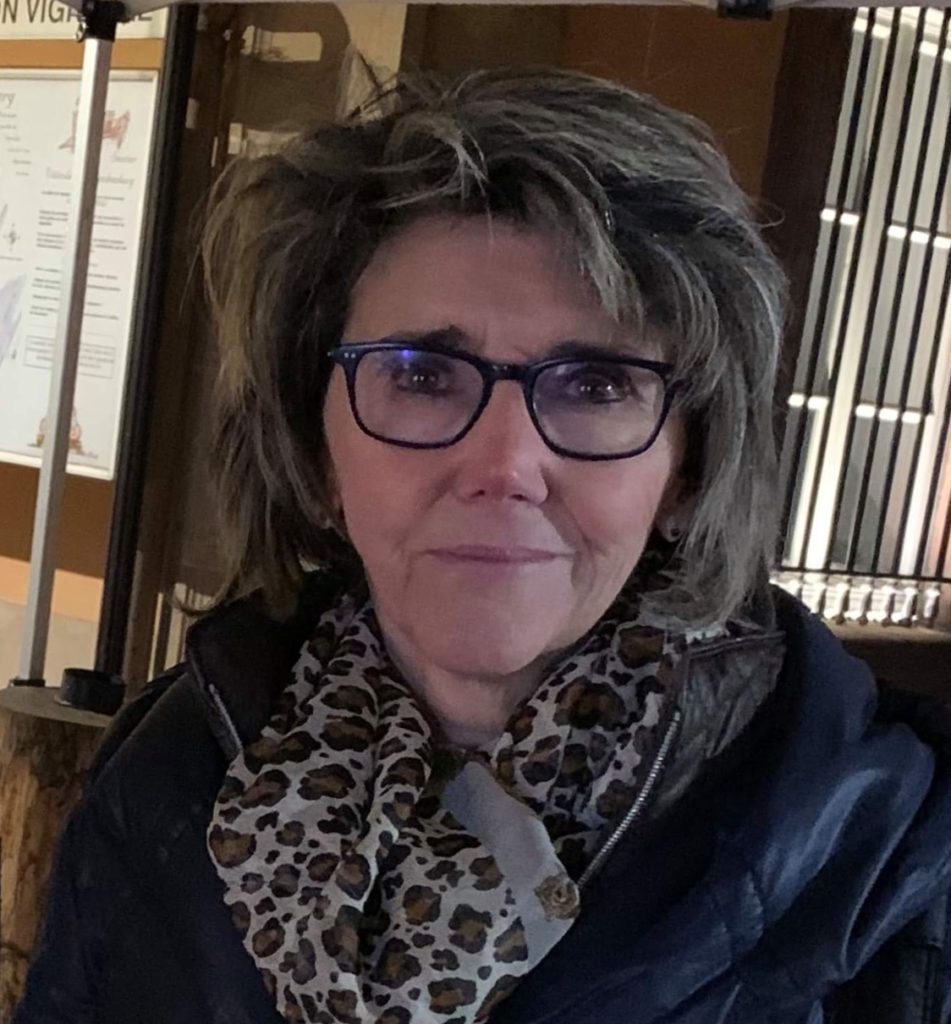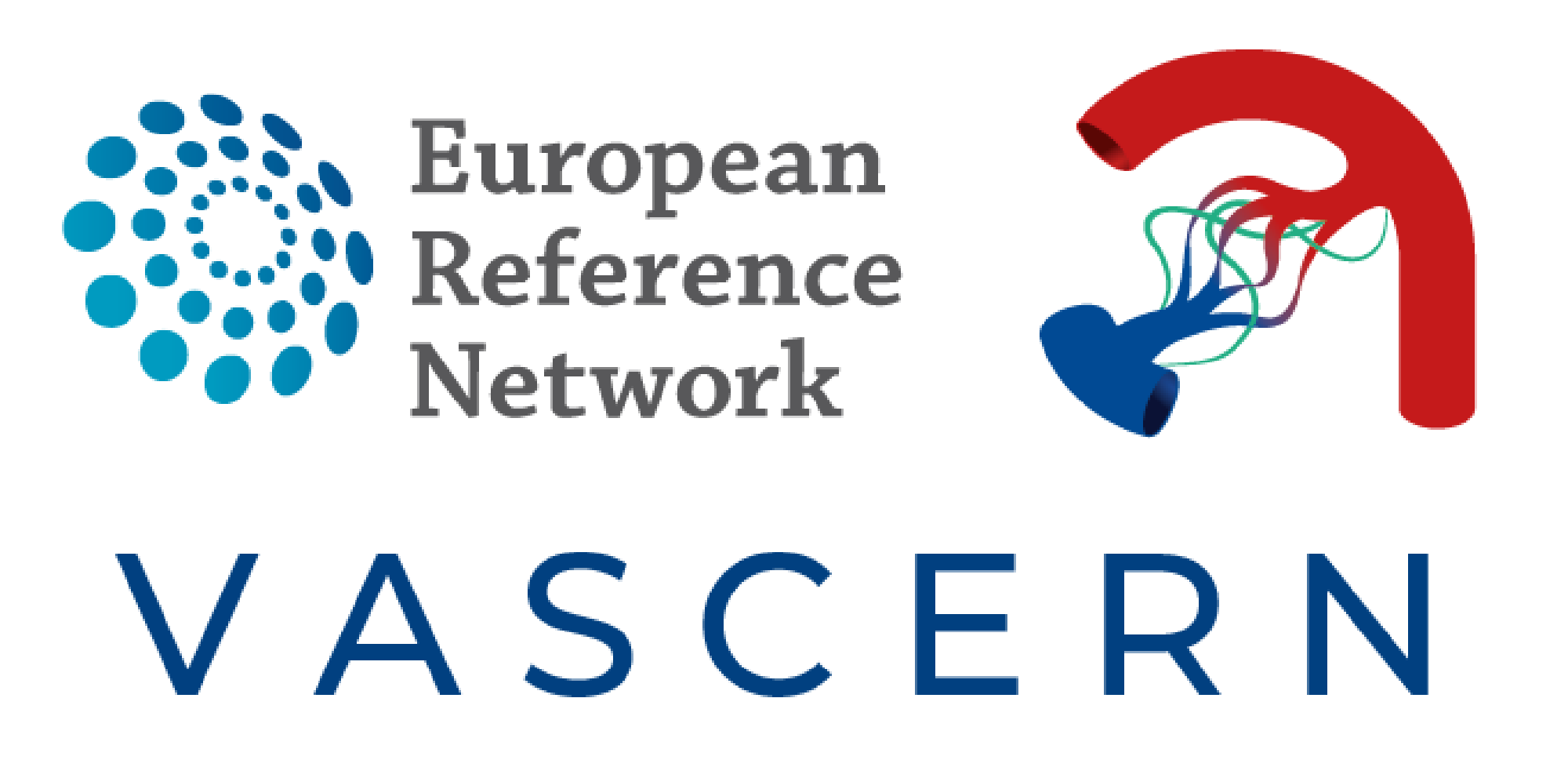

This month we feature Françoise Steinbach, the European Patient Advocacy Group (ePAG) Deputy Co-Chair for the Heritable Thoracic Aortic Working Group (HTAD WG), from France. Françoise tells us how she became involved with VASCERN, what people should know about the reality of living with Marfan syndrome and how she hopes that the ERNs will continue to play an important role in improving rare disease care for patients in Europe.
1. How did you become involved in the VASCERN project?
I joined VASCERN as a patient advocate for the HTAD WG in the middle of 2018, so over a year after they had officially launched. I was not part of the project at the start and therefore did not experience the feeling of being part of a new adventure from the beginning. I admit that I had not even heard about the creation of the ERNs in 2017. I was proposed by the French MARFANS patient organization to replace our former patient advocate in VASCERN, Patrice Touboulie, who passed away after surgery in January 2018. I then became ePAG deputy co-chair for HTAD in April 2019.
2. How do you as an ePAG patient advocate participate in the activities of VASCERN?
At the beginning, I had a hard time understanding what VASCERN was all about: the various acronyms, the terms of reference, the work packages the clinicians were working on, the role of Eurordis in the whole organisation and what was expected from us, the patient community. All of this was so new and kind of abstract. But now I feel more involved in the ePAG group as a deputy co-chair to Elena de Moya Rubio (ePAG co-chair for HTAD), who is definitely the leader of our small HTAD patient group. I participate in 3 meetings a month on average (HTAD WG meeting, VASCERN ePAG meeting and HTAD patient advocates meeting) and our team is getting bigger now with the arrival of 2 new patient advocates: Diana Maas (from the Dutch Marfan Association in the Netherlands) and Margit Aschenbrenner (from Marfan Initiative Österreich in Austria). We are all volunteers in the group. I am definitely more involved in the French patient organisation in which I am the Co-Chair. I am also an active member of the Coordination Committee of the Marfan Europe Network. In France, we are lucky to have similar structures as the ERNs called “Filières Maladies Rares”. FAVA-Multi is the French network dedicated to the same group of vascular diseases as VASCERN. I represent the MARFANS French patient organisation within this structure.
3. What is one thing that you would like the general public to know about the reality of living with a rare disease ?
The general public must understand that there are many rare and ultra-rare diseases and that people affected with a genetic condition do not always have visible disabilities. For example, people affected by Marfan syndrome might have cardiovascular pathologies (aortic aneurysms or dissections) or chronic pain due to skeletal malformations and these manifestations of the disease are not visible. But they are a burden that we must live with and it affects our quality of life. In Europe, disabled people are not equally protected. That is why having a diagnosis for your rare disease is so important, as a first step. You may have access to better social protection once you have an official diagnosis.
4. Can you tell us a little about your rare disease and/or the patient association that you represent?
Marfan syndrome is an inherited multisystemic disorder that affects the connective tissues, i.e. the fibers that support and anchor the organs and other structures in the body. Marfan syndrome most commonly affects the eyes (lens dislocation, severe shortsightedness, retinal detachment, glaucoma), the skeleton (scoliosis that might require surgery), and the heart and the blood vessels, with a high risk of aortic aneurysms and dissections that can have lethal consequences. That’s why it is so important to be properly diagnosed. We kind of live with a sword of Damocles above our heads permanently. But few people are aware of that. And there is no cure, only surgical solutions. Having a diagnosis is therefore extremely important in order to have proper and close surveillance, mainly of the cardiovascular system. We very often have to adapt our professional and personal lives to the limits that the disease is imposing. Living with a rare disease may be a real challenge.
Within the HTAD WG in VASCERN, I represent the French Marfan Association (MARFANS). It was founded in 1995 with the main objectives of informing and helping patients affected by Marfan syndrome and related disorders, raising awareness in order to increase chances of a timely diagnosis, and financing research projects related to the syndrome.
5. What has been your most memorable moment as an ePAG patient advocate so far?
It was probably my participation at the VASCERN Days meeting that took place in November 2019 in Brussels. What had been very conceptual since joining the HTAD WG in 2018 suddenly became really concrete during this 2-day event. I had the chance to meet the healthcare professionals and other patient advocates in person and have some formal and informal discussions and I truly felt like a part of the group. Patient advocates are seen as partners in VASCERN and I really have the impression that our input is taken into account. We are representing the patient community and as such we bring our expertise of “living with the disease”. I see myself as a partner to the medical experts.
6. As a patient advocate, what is your hope for VASCERN and for the ERNs in general?
Cross-border health care is a very important concept. We are lucky in France to have our own national rare disease networks and expertise centers so that we have the opportunity to benefit from proper and adequate care. But this is not the case all over Europe. So I hope that the existence of the ERNs can contribute to help diagnosing and spreading good care to other less fortunate patients. After all, the experts are sharing their knowledge and everybody knows that “together we are stronger”. I do also hope that the ERNs will be a sustainable concept and that enough funding will be provided so that the work that both the healthcare professionals and the patient advocates have done within the ERNs on a voluntary basis can continue.

